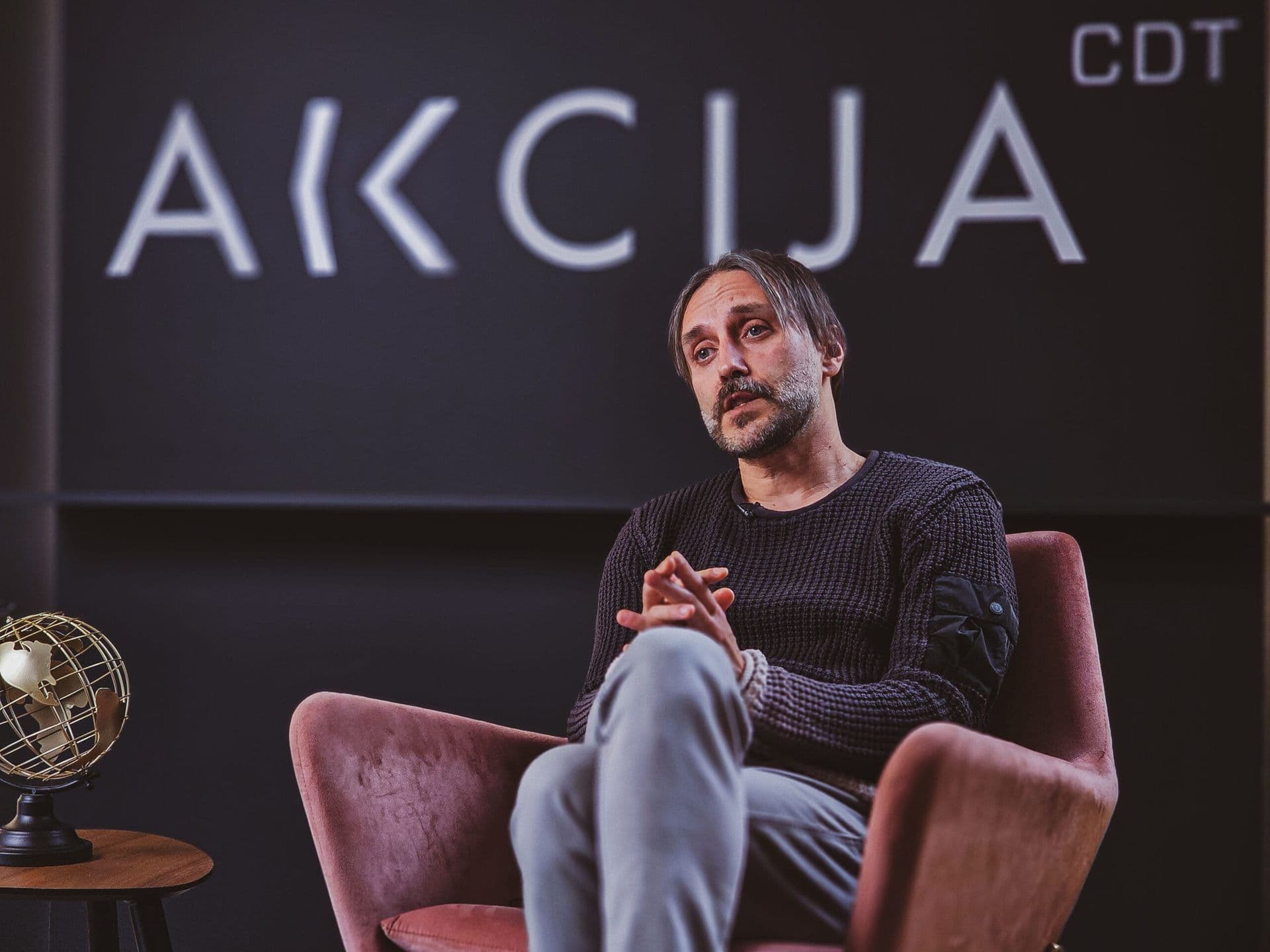Lifestyle
Institutions Urged to Investigate Controversial Monument’s Disappearance

Dragan Koprivica, the executive director of the Center for Democratic Transition (CDT), has called for a parliamentary investigation into the handling of the controversial monument dedicated to Pavle Đurišić in Montenegro. This request follows the monument’s sudden disappearance after being documented and photographed despite its illegal status.
Koprivica emphasized the need for all relevant institutions to provide clear and official answers regarding how the monument, which was under scrutiny, could vanish from institutional oversight. He questioned why the laws and obligations of state authorities have not been enforced for months in this case. “We urge members of the Skupština Crne Gore to initiate a review of the actions taken by state institutions without regard to party affiliation. This matter is of paramount public interest and must be clarified in a country that is ‘on the brink of EU’ membership,” he stated.
The urgency of Koprivica’s concerns is underscored by recent reports from the daily newspaper ‘Vijesti,’ which revealed that the Agency for National Security (ANB) had timely provided authorities with information about events in Gornje Zaostro. This raises further questions about how such a significant outcome could occur despite the warnings.
“Instead of taking clear and responsible action, we have witnessed a portrayal of institutional impotence over the past few months. The disappearance of the monument has become a symbol of the erosion of the rule of law: everyone knows where the monument was located, who erected it, and that it stood near a monastery, yet according to the official version, it cannot be found,” Koprivica added.
He expressed disbelief that security agencies, which regularly inform the public about monitoring extremist groups, have failed to ascertain even the basic fact of where such a publicly controversial object has ended up. He pointed out that the monument was a massive bronze statue, physically larger than an average person, making it impossible to move unnoticed. Still, institutional accounts suggest it has simply “disappeared,” as if it were something easily hidden away. “If our security services cannot determine the whereabouts of such a substantial and heavy structure, it is difficult to trust their ability to handle more serious security challenges,” Koprivica remarked.
A further layer of concern arises from the contradictory actions and decisions of relevant authorities, which often shift responsibilities among themselves, leaving the public confused about what is happening and who is accountable. “This situation has long ceased to resemble a legal dilemma and has instead turned into a political assessment—easier to retreat than to take responsibility and confront radical right-wing elements,” Koprivica stated.
He highlighted a glaring double standard in institutional responses to extremism. For instance, when fans shouted extremist slogans at a recent football match, the authorities reacted swiftly and decisively. In contrast, the glorification of a Chetnik commander associated with fascist and Nazi collaboration, along with mass crimes against civilians, has been met with an unnatural and uncomfortable silence, coupled with prolonged procedural delays.
Koprivica pointed out that such double standards normalize forms of extremism that are politically acceptable to certain parts of the government, demonstrating that declared values are applied selectively. “If we also consider the violence against journalists during this entire incident, which was subsequently denied, these double standards become something intolerable. Montenegro cannot build democracy and the rule of law on practices where some forms of extremism provoke immediate institutional responses, while others turn into a months-long institutional adventure that ends with the ‘disappearance’ of evidence,” he said.
He concluded by asserting that this issue extends beyond the fate of a single statue. “This is a matter of trust in institutions, their ability to protect the public interest, and their readiness to confront extremism without calculation and double standards,” Koprivica stated.
-

 Health3 months ago
Health3 months agoNeurologist Warns Excessive Use of Supplements Can Harm Brain
-

 Health4 months ago
Health4 months agoFiona Phillips’ Husband Shares Heartfelt Update on Her Alzheimer’s Journey
-

 Science2 months ago
Science2 months agoBrian Cox Addresses Claims of Alien Probe in 3I/ATLAS Discovery
-

 Science2 months ago
Science2 months agoNASA Investigates Unusual Comet 3I/ATLAS; New Findings Emerge
-

 Science2 months ago
Science2 months agoScientists Examine 3I/ATLAS: Alien Artifact or Cosmic Oddity?
-

 Entertainment2 months ago
Entertainment2 months agoLewis Cope Addresses Accusations of Dance Training Advantage
-

 Entertainment5 months ago
Entertainment5 months agoKerry Katona Discusses Future Baby Plans and Brian McFadden’s Wedding
-

 Science2 months ago
Science2 months agoNASA Investigates Speedy Object 3I/ATLAS, Sparking Speculation
-

 Entertainment5 months ago
Entertainment5 months agoEmmerdale Faces Tension as Dylan and April’s Lives Hang in the Balance
-

 World3 months ago
World3 months agoCole Palmer’s Cryptic Message to Kobbie Mainoo Following Loan Talks
-

 World4 weeks ago
World4 weeks agoBailey and Rebecca Announce Heartbreaking Split After MAFS Reunion
-

 Science2 months ago
Science2 months agoNASA Scientists Explore Origins of 3I/ATLAS, a Fast-Moving Visitor









